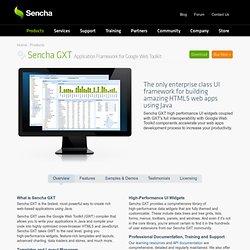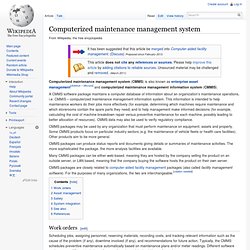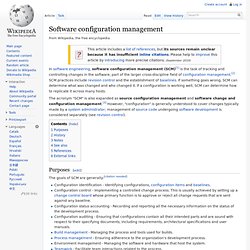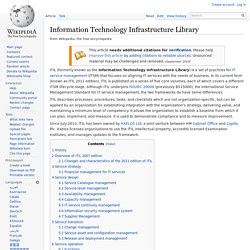

Flex 3 - Adobe Flex 3 Help. Java Component UI Library for Google Web Toolkit. What is Sencha GXT Sencha GXT is the fastest, most powerful way to create rich web-based applications using Java.

Sencha GXT uses the Google Web Toolkit (GWT) compiler that allows you to write your applications in Java and compile your code into highly optimized cross-browser HTML5 and JavaScript. Sencha GXT takes GWT to the next level, giving you high-performance widgets, feature-rich templates and layouts, advanced charting, data loaders and stores, and much more.
Templates and Layout Managers To help you organize the display of data and content, Sencha GXT includes templates with advanced features such as autofilling arrays. High-Performance UI Widgets Sencha GXT provides a comprehensive library of high-performance data widgets that are fully themed and customizable.
BOSS. Configuration management. Top level Configuration Management Activity model Configuration management (CM) is a systems engineering process for establishing and maintaining consistency of a product's performance, functional and physical attributes with its requirements, design and operational information throughout its life.[1][2] The CM process is widely used by military engineering organizations to manage complex systems, such as weapon systems, vehicles, and information systems.

Outside the military, the CM process is also used with IT service management as defined by ITIL, resp. Computerized maintenance management system. Computerized maintenance management system (CMMS) is also known as enterprise asset management[dubious ] and computerized maintenance management information system (CMMIS).

A CMMS software package maintains a computer database of information about an organization’s maintenance operations, i.e. CMMIS – computerized maintenance management information system. This information is intended to help maintenance workers do their jobs more effectively (for example, determining which machines require maintenance and which storerooms contain the spare parts they need) and to help management make informed decisions (for example, calculating the cost of machine breakdown repair versus preventive maintenance for each machine, possibly leading to better allocation of resources). CMMS data may also be used to verify regulatory compliance. Software configuration management. The acronym "SCM" is also expanded as source configuration management and software change and configuration management.[3] However, "configuration" is generally understood to cover changes typically made by a system administrator; management of source code undergoing software development is considered separately (see revision control).

Purposes[edit] The goals of SCM are generally:[citation needed] With the introduction of cloud computing the purposes of SCM tools have become merged in some cases. The SCM tools themselves have become virtual appliances that can be instantiated as virtual machines and saved with state and version. The tools can model and manage cloud-based virtual resources, including virtual appliances, storage units, and software bundles. History[edit] Notes[edit] Configuration management database. A Configuration Management Database (CMDB) is an ITIL database used by an organization to store information about hardware and software assets (commonly referred to as Configuration Items [CI]).

This database acts as a data warehouse for the organization and also stores information regarding the relationships among its assets.[1] The CMDB provides a means of understanding the organization's critical assets and their relationships, such as information systems, upstream sources or dependencies of assets, and the downstream targets of assets.[2] Purpose and benefits[edit] CMDB implementations often involve federation – the inclusion of data into the CMDB from other sources – such as asset management, in such a way that the source of the data retains control of the data. Information Technology Infrastructure Library. ITIL (formerly known as the Information Technology Infrastructure Library) is a set of practices for IT service management (ITSM) that focuses on aligning IT services with the needs of business.

In its current form (known as ITIL 2011 edition), ITIL is published as a series of five core volumes, each of which covers a different ITSM lifecycle stage. Although ITIL underpins ISO/IEC 20000 (previously BS15000), the International Service Management Standard for IT service management, the two frameworks do have some differences. ITIL describes processes, procedures, tasks, and checklists which are not organization-specific, but can be applied by an organization for establishing integration with the organization's strategy, delivering value, and maintaining a minimum level of competency. It allows the organization to establish a baseline from which it can plan, implement, and measure.
It is used to demonstrate compliance and to measure improvement. History[edit] The Five Volumes :